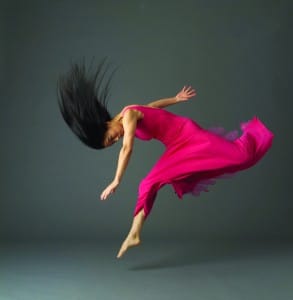By Niall Crowley.

Sheila Pratschke, chairperson of the Arts Council, has boldly declared that the Arts Council needs “to conceive of our activities in a different way. We can’t keep shrinking to fit the budget. We have to be more imaginative and proactive”.
This ambition is now being tested as the Arts Council publishes the report of a steering group established to review its work as a first step in developing a strategic plan.
The central proposal is that the Arts Council should reposition itself as “the development agency for the arts focussed on the public good”. While the report suggests this is a “transformation”, it cannot really be seen as much more than a shift in emphasis from its previous branding as ‘The Arts Council Funding the Arts’.
There is some focus on what a development agency would do – profile the needs of arts areas within its mandate, identify priority areas for strategic action and influence the environment for the arts. There is little focus on what this developmental role might seek to achieve. The Arts Council would become an informed lobbyist for the needs of the arts with its current funding role expanded to embrace policy and research activities. This might well be proactive but it is less than imaginative.
The review emphasises a focus on the “public” and the “public good”. However, it fails to acknowledge the different publics that exist – other than ‘young people’ and ‘children’.
Deploying the artless and depressing, if telltale, jargon of the administrator the proposals suggest placing “the public at the centre of the new Arts Council mission statement” but fail to develop any analysis of the implications of the inequalities and divisions in our society for the role of the Arts Council.
The report acknowledges “large sections of the population, chiefly defined by socio-economic circumstances, but critically related to educational attainment, do not engage in the arts”. However, it makes no proposals on how to respond to this inequality other than for the Arts Council to “identify children and young people as a primary strategic priority” so as to “broaden the socio-economic profile of those engaging with the arts”.
One challenging finding in the review is that “there seems little emphasis on engagement and participation as a fundamental and valued aspect of the arts in Irish society”. This apparent call to recognise the creativity of people, as opposed to relegating people to consumers of the professional arts, holds promise. However, it is not addressed in the proposals and is undermined by an elitism that limits it to the “amateur arts”.
The review offers little to those currently outside the Council’s concern with the professional arts. It suggests that the Arts Council articulate how such areas of activity might be “valued and supported (if not always financially)” because of their critical role in public engagement” and as “pathways to the professional domain”. So: a pat on the head for endeavour and no understanding of the social gains from enfranchising people’s creativity.
One promising finding of the review suggests the need for dialogue between the “Arts Council, the arts sector, partners and stakeholders and a range of other individuals and organisations with an allegiance to the public good and to the development of creative communities and a culture of innovation in which the arts are seen to have a unique and important role”. A bit of imagination and pro-activity could make this focus on building creative communities more central to the role suggested for the Arts Council, but it remains for the moment undeveloped.
The UN’s International Covenant on Economic, Social and Cultural Rights establishes the right to “take part in cultural life”. New Irish legislation requires public bodies to set out in their strategic plans an assessment of the human rights and equality issues relevant to their functions and purpose and the policies and actions in place or proposed to address these issues.
The Arts Council is bound by this and obliged to see its “public” in terms of diversity and inequality. It is required to make provision for this diverse and divided public not just as consumers of arts and culture but also as creators of arts and culture to give real meaning to the term “take part” in cultural life. The review does not
offer a promising starting point for this challenge. •